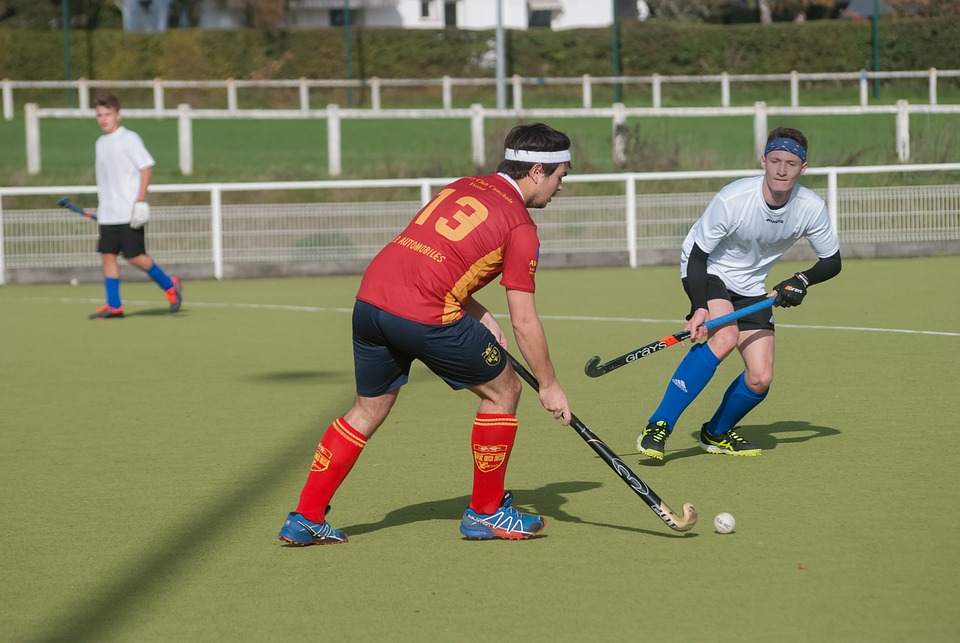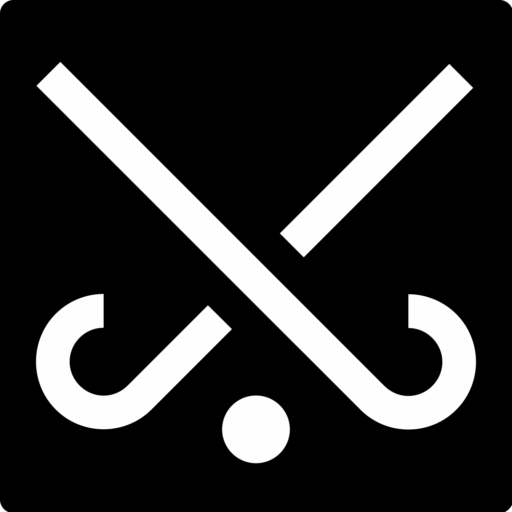Can field hockey ever compete with ice hockey in North America?
The evolution in popularity of sports can takes some interesting twists and turns, depending your country of residence. One ancestral form of hockey known as ground billiards can be traced back to ancient Greece, while other similar forms emerged later elsewhere around the world, such as beikou in Mongolia and suigan in China. In the Punjab region of northern of India, khido khundi bore many similarities to hockey, while chueca was played in Chile.
Modern field hockey began to develop during the late 18th century throughout Great Britain and Ireland, before quickly becoming an organized popular sport for both men and women. The first clubs began to form in the mid-1800’s and the sport then spread initially around the English-speaking colonial world of the time. Today, field hockey is practiced and played in more than 100 countries, making it the second-most popular teams sport in the world.

Although field hockey was also played across North America towards the end of the 19th century, other locally emerging sports had already begun to gain much more popularity. Baseball, basketball, and American football in particular were starting to form professional leagues, while ice hockey also became what is also considered one of the four major sports in North America.
Ice hockey actually evolved from other stick and ball games, including field hockey and hurling, brought by migrant European colonists to North America, along with the influence of lacrosse, the oldest team sport played by the indigenous population. Throughout the northern United States and Canada, the evolution of ice hockey was inevitably shaped by the harsh cold conditions, with frozen water becoming the best and most freely available playing surface.

These days, millions of eager ice hockey fans tune in to watch the National Hockey League (NHL), the professional competition founded in 1917. The highlight every season is the battle amongst teams to reach the postseason playoffs and win the Stanley Cup, which remains the oldest trophy awarded to sports teams in North America. The first winners were Montreal Hockey Club in 1893, during the earliest years of professional hockey in Canada.
The most recent winners of the Stanley Cup were Tampa Bay Lightning, a team from the much warmer climate of Florida in the southern United States, which perhaps underlines how popular ice hockey has become. According to the latest ice hockey betting odds, Las Vegas Golden Nights are 7/1 favorites to win the Stanley Cup, and they’re located in the scorching desert state of Nevada.

While ice hockey has boomed predominantly amongst men, despite being one of the sports which undoubtedly led to its creation, field hockey never gained the same kind of popularity as a men’s game throughout North America. Nevertheless, field hockey does remain very popular amongst women and particularly in the United States, where lucrative NCAA college scholarships are commonplace.
Indeed, the US Women’s National Field Hockey Team were one of the founding members of the FIH Pro League, competing at the highest level of the sport internationally. The other eight competing national teams are Argentina, Australia, Belgium, China, Germany, Great Britain, Netherlands, and New Zealand. The inaugural 2019 Women’s FIH Pro League winners were the Netherlands, while the US team finished 9th in the overall standings.

Meanwhile, the Canada Women’s National Field Hockey Team have also enjoyed considerable success, finishing 5th at the Commonwealth Games in 2018, 2nd at the 2019 Pan American Games, then runners-up in the 2018-19 FIH Hockey Series. Looking ahead, the Canadian team will undoubtedly be hoping to join the US team in the FIH Pro Hockey League at some point, should the competition be expanded.
Increased investment in field hockey throughout the United States and Canada in recent years, particularly in the women’s game, would suggest that both teams could develop to become Olympic or World champions of the future. That would certainly increase the profile of field hockey in North America.




